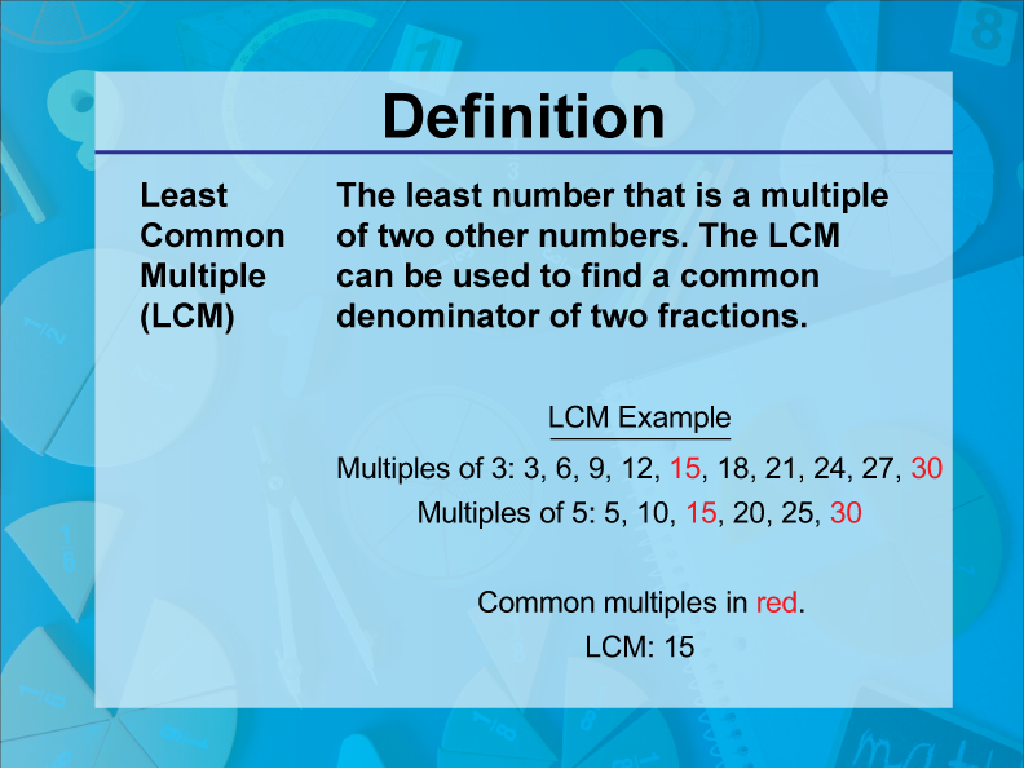Which Sentence Is More Formal?
Subject: Language arts
Grade: Seventh grade
Topic: Author'S Purpose And Tone
Please LOG IN to download the presentation. Access is available to registered users only.
View More Content
Understanding Formal vs. Informal Language
– Defining author’s purpose and tone
– Purpose: reason for writing; Tone: the attitude
– Formal vs. Informal language
– Formal: official or serious; Informal: casual or friendly
– Recognizing the difference
– Clues: word choice, sentence structure, and context
– Significance in communication
– Helps in choosing appropriate language for different settings
|
Today’s lesson focuses on understanding the author’s purpose and tone, particularly distinguishing between formal and informal language. It’s crucial for students to grasp that an author’s purpose could be to inform, persuade, entertain, or explain, and the tone they use can vary from serious to humorous. Students should learn how to identify formal language, which is often used in academic or professional settings, and informal language, which is more casual and used among friends. Recognizing the difference is key to effective communication, as it allows students to choose the appropriate language for different contexts, such as writing a school report versus texting a friend. Encourage students to look for context clues in texts to determine the formality of the language and discuss why it’s important to use the correct tone in various situations.
Understanding Author’s Purpose and Tone
– Every author writes with a purpose
– Common purposes: Inform, Persuade, Entertain
– Examples: Textbooks inform, ads persuade, novels entertain
– Tone reveals clues about purpose
– A serious tone might inform or persuade, while a playful tone might entertain
– Analyzing tone for formal language
– Formal sentences often appear in informative or persuasive writing
|
This slide introduces the concept of author’s purpose and how tone plays a crucial role in identifying it. Authors write to inform by providing facts, to persuade by convincing the reader of a viewpoint, or to entertain through storytelling. Tone, the attitude or feeling that the author’s words convey, is a key indicator of purpose. A formal tone, which uses structured language and advanced vocabulary, often signifies that the text aims to inform or persuade. Encourage students to consider the tone when they encounter new texts and to look for formal language as a sign of the author’s intent to present information or arguments. In the next class, we will practice distinguishing between formal and informal sentences and relate them to the author’s purpose.
Identifying Tone: Formal vs. Informal
– Understanding author’s tone
– Tone reflects the author’s attitude towards the topic
– Distinction between tones
– Formal tone is polite and serious; informal is casual and conversational
– Words that define tone
– ‘Thus’ and ‘hence’ are formal, while ‘so’ and ‘then’ are informal
– Analyzing tone in sentences
– Compare ‘Greetings, esteemed guests’ with ‘Hey, everyone!’ for tone
|
This slide aims to help students recognize the tone an author uses in writing, which can greatly affect the message’s delivery and reception. Tone is conveyed through the author’s choice of words and style. A formal tone is typically used in professional or academic settings and often includes complex sentences and advanced vocabulary. In contrast, an informal tone is more relaxed, uses colloquial language, and is common in personal communications. Provide students with examples of formal and informal words and phrases, and ask them to identify the tone in sample sentences. Encourage them to consider the context in which different tones might be appropriate.
Formal vs. Informal Language
– Understanding formal language
– Used in official, serious, or professional contexts
– When to use informal language
– Suitable among friends or casual situations
– Analyzing sentence examples
– Compare ‘Can you help me?’ vs. ‘Could you assist me, please?’
– Practice distinguishing tones
|
This slide introduces students to the concept of formal and informal language, setting the stage for understanding how tone and purpose affect language choice. Formal language is structured, contains complete sentences, and often adheres to standard grammar rules, making it appropriate for professional or serious situations. Informal language is more casual and often includes slang, contractions, and colloquialisms, making it suitable for conversations with friends or in relaxed environments. Provide sentence examples to illustrate the difference and engage students in identifying the formality of language in various sentences. Encourage them to practice by writing sentences in both formal and informal tones to enhance their grasp of the concept.
Formality in Writing: Sentence Comparison
– Compare two sentence tones
– ‘I am not available to attend the meeting tomorrow.’ vs. ‘Can’t make it to the meeting tomorrow, sorry!’
– Formal vs. Informal language
– Formal language is polite and follows standard grammar. Informal language is more casual and conversational.
– Context: School announcement
– Consider the audience and purpose of the announcement.
– Choosing the appropriate tone
– Use formal tone for official school communications.
|
This slide aims to teach students the difference between formal and informal language and how to choose the appropriate tone based on context. The formal sentence is structured, complete, and polite, suitable for professional or official communication. The informal sentence is more casual and might be used in a text message or casual conversation. For a school announcement, which is an official communication, the formal sentence is more appropriate. Encourage students to think about the audience and the purpose of their message when deciding which tone to use. Have them practice by writing two versions of a sentence for different contexts.
Practice Identifying Tone: Formal vs. Informal
– Read the provided sentences
– Determine the tone of each
– Is it formal or informal? Look for slang, contractions, and personal pronouns.
– Justify your choice with text evidence
– Use specific words or phrases that indicate the tone.
– Understand the author’s purpose
– How does the tone relate to the message the author is conveying?
|
This slide is designed to help students practice distinguishing between formal and informal tones in writing. Students should read the sentences carefully and decide on the tone, looking for indicators such as colloquial language, contractions, and the level of formality in word choice. They should then justify their answers by pointing to specific evidence in the text that supports their decision. Understanding tone is crucial for interpreting the author’s purpose and the intended audience. Encourage students to consider why an author might choose one tone over another and how that affects the reader’s perception of the text.
Class Activity: Tone Role Play
– Pair up and select a scenario
– Write a formal and informal response
– Consider the language and tone differences
– Perform both tones with your partner
– Notice body language and word choice
– Discuss the differences in class
|
This activity is designed to help students understand the difference between formal and informal tones. Have the students pair up and choose a scenario, such as asking for a favor or making a complaint. They should then write two responses to the scenario: one using formal language and the other using informal language. Encourage them to act out their responses, paying attention to their body language and word choice. After the role play, lead a discussion about how the tone of each response affected the interaction. Possible scenarios could include a job interview, talking to a teacher, ordering food at a restaurant, or speaking to a friend. This will help students grasp how tone can change the perception of a message.
Reflection: Formal vs. Informal Tone
– Reasons for formal tone choice
– To convey professionalism or respect, or to reach a specific audience
– Tone’s impact on perception
– A formal tone can add credibility, while informal may seem more relatable
– Discuss today’s tone activity
– Reflect on how identifying tone enhances comprehension
– Share personal thoughts
– Encourage students to express their opinions on the exercises
|
This slide aims to prompt students to reflect on the importance of an author’s choice in tone and to facilitate a discussion on how tone influences reader perception. Encourage students to think about situations where a formal tone is necessary, such as in academic writing or professional settings, and contrast this with the use of informal tone in casual conversations or personal texts. Discuss how the tone can affect the authority and credibility of the text and how it can shape the reader’s engagement with the content. Conclude with a sharing session where students can express their thoughts on the activities they completed, what they learned about tone, and how they can apply this knowledge to their own writing.
Homework: Analyzing Author’s Purpose and Tone
– Find an article to read
– Determine the author’s purpose
– Is it to inform, persuade, entertain, or explain?
– Discern the article’s tone
– Is the tone formal, informal, serious, or humorous?
– Write a paragraph on your analysis
|
This homework assignment is designed to enhance students’ critical reading skills by analyzing an article for the author’s purpose and tone. Students should select an article that interests them and read it closely, looking for clues about why the author wrote the piece and how they are trying to communicate with their audience. They should consider if the author’s purpose is to inform with facts, persuade with arguments, entertain with stories, or explain with details. Additionally, students should pay attention to the tone of the article; it could be formal, informal, serious, humorous, or any other attitude. After their analysis, students will write a paragraph summarizing their findings, which they will share and discuss in the next class. This exercise will help them understand how different writing styles affect communication and will prepare them for identifying formal and informal sentences.






